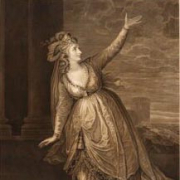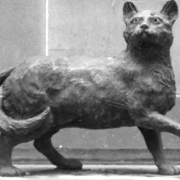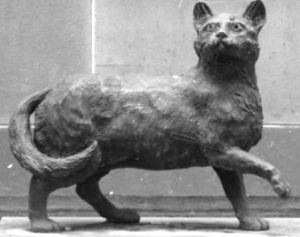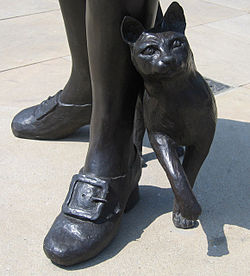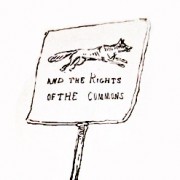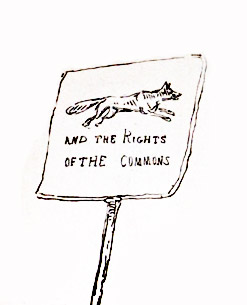MONTHLY BLOG 143, A YEAR OF GEORGIAN CELEBRATIONS – 11: Celebrating annual Sarah Siddons Award for Distinguished Achievement, given annually, from mid-November 1952 onwards, to best performer on Chicago stage
If citing, please kindly acknowledge copyright © Penelope J. Corfield (2022)
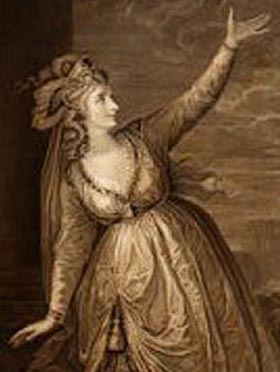
| Sarah Siddons, née Kemble (1755-1831), in expressive pose, in print by J. Caldwell after W. Hamilton line engraving (1789): National Portrait Gallery NPG D10715 |
The Chicago acting award for successful women on stage, named after the celebrated Georgian thespian Sarah Siddons (1755-1831),1 had a most unusual start in life. Over two hundred years had passed without any special move to celebrate her undoubted achievements.
However, in 1950 the film-maker Joseph Mankiewicz wanted to refer to a plausible acting award. His script for All about Eve (starring Bette Davis and Anne Baxter)2 featured the intensely feline rivalry between female actors of different generations, as an ambitious young newcomer wheedles her way into the life of a successful older star and tries to replace her. Among the film’s subtle mix of themes are those of ambition, duplicity, ageing, sexual proclivities, and gender roles. The Sarah Siddons award, depicted in the form of gold statuette, forms part of the story – referencing back to a spectacular eighteenth-century stage performer whose dramatic forte was tragedy.
All about Eve had an immense success. And it inspired a group of Chicago theatregoers to turn a least one element of Mankiewicz’s fiction into reality. In 1952 they founded their own Sarah Siddons Society. And they launched a sequence of annual awards, which rapidly became prestigious.3 Among the recipients were numerous stars who appeared in both film and stage versions of All about Eve. The film thus invented an award for its own female stars.
Fortunately, the Georgian celebrity whose name was borrowed to make a point in the film, was a figure with a reputation worthy of such attention. Sarah Siddons, née Kemble, was one of numerous female celebrities in Georgian Britain, who trod the boards with unabashed confidence. In an era when many jobs and professions were still reserved for men – but when female roles on stage were no longer automatically played by men – the theatre provided scope for gifted women to establish a respected public presence.
Siddons thus shone in a galaxy of female stars: from Nell Gynn (1650-87) and Peg Woffington (1720-60), onwards to Fanny Kemble (1809-93), Ellen Terry (1847-1928) and beyond.4 Their outstanding abilities dignified an occupation which, for women, had often been denigrated as akin to prostitution.
A further point of significance about Sarah Siddons was that she came from an ‘outsider’ family from mid-Wales. But her dramatic talents, combined with those of her brother John Philip Kemble (1757-1823), raised the clan from obscurity into theatrical aristocracy. Their father, Roger Kemble, was a strolling player and theatre manager; and their mother, Sally Ward, a female actor.
Five of the Kembles’ children gained fame on stage, as did many of their grand-children, and members of subsequent generations.5 Sarah Siddons – the oldest of the siblings – was the most famous of them all; and her success no doubt helped to pave the way for her younger brothers and sisters.
In that way, Siddons, who herself married an actor, contributed to a classic theatrical dynasty. Moreover, the Kembles were forerunners of many later famous acting families on stage and in films,6 although it’s important to note that no iron genetic rule means that every single member in thespian kinship networks will be dramatically gifted to the same extent – or even at all. Of Siddons seven children, one son, Henry Siddons, did go onto the stage, becoming a moderately successful actor, theatre manager and playwright.7 Meanwhile, four of her daughters died young, while one married happily. Nonetheless, the other son, George John Siddons, did not attempt to follow his parents’ profession. Instead, he became a customs official in India.
Sarah Siddons herself specialised in tragedy. She was tall and expressive, well able to command attention. Her own parents were initially cautious about her dramatic aspirations, being aware of the potential riskiness of stage life. Moreover, Siddons’ early performances were patchy. But, as she regularly toured on eighteenth-century England’s thriving theatrical circuit,8 she gained in experience and power.
Before long, her magnetic abilities became recognised. As Lady Macbeth, her signature role, she electrified audiences. She also played Hamlet, in breeches. As her fame grew, so did expectations that people would faint or become hysterical at her realistic performances. In scenes of high tragedy, ‘Siddons fever’ would sweep through audiences. Of course, not all succumbed. But such contagious responses added to her increasingly potent reputation.
Throughout, however, Sarah Siddons kept control of her public image and avoided scandal. She appeared on stage when visibly pregnant, and played up to her role as a mother of seven children. Siddons also developed close links with artists, who painted her, often in dramatic poses.9
Most famously Joshua Reynolds depicted Mrs Siddons as the Tragic Muse (1784). It made her, at the age of 29, into an iconic figure. Her career was authoritative. Some female actors might still be giddy and flirtatious. Scandals still surrounded life on stage. Yet Mrs Siddons was a serious player. She took her roles seriously. And she expected her audiences to do the same.
It’s thus eminently fitting that the initially fictitious acting award in her honour has been turned into a continuing reality. She is by no means the only eminent Georgian to be commemorated in this way.10 Yet, among their ranks, she is an apt icon – exemplifying the emergence of female stage celebrities – and the advent of theatrical dynasties – and the powerful impact of great acting.
‘Don’t put your daughter on the stage, Mrs Worthington’, quipped Noel Coward – years later, in 1935.11 > Here was the traditional view, lightly satirised.
Yet Sarah Siddons – and her ilk – had already implicitly countermanded any such tepid advice. Women should follow their dramatic stars; but, in today’s parlance, keep careful control of their public identities. And Siddons herself could hiss, with total verisimilitude, Lady Macbeth’s steely advice to all adventurers:12 ‘Screw your courage to the sticking place – and we’ll not fail’.
ENDNOTES:
1 F.M. Parsons, The Incomparable Siddons (1909); K. Mackenzie, The Great Sarah: The Life of Mrs Siddons (1968).
2 All about Eve (dir. J.L. Mankiewicz; produced by D.F. Zanuck, 1950); and see also S. Staggs, All about ‘All about Eve’: The Complete Behind-the-Scenes Story about the Bitchiest Film Ever Made (New York, 2000; 2001).
3 For details, see http://sarahsiddonssociety.org/
4 G. Gibson, Performing Women: Female Characters, Male Playwrights and the Modern Stage (Ithaca, 1993); G. Perry, The First Actresses: Nell Gwynn to Sarah Siddons (Ann Arbor: University of Michigan Press, 2011).
5 https://en.wikipedia.org/wiki/Kemble_family, based upon information in Encyclopaedia Britannica (Cambridge, 1911).
6 See J.M. Bulloch, Hereditary Theatrical Families: Reprinted from Who’s Who in the Theatre (1930; 1933); and https://www.theguardian.com/culture/gallery/2013/jan/26/10-best-theatrical-dynasties-clapp; https://www.yardbarker.com/entertainment/articles/the_most_famous_acting_families_of_all_time/s1__30829385.
7 See https://en.wikipedia.org/wiki/Sarah_Siddons#Marriage_and_children.
8 S. Rosenfeld, Strolling Players and Drama in the Provinces, 1660-1765 (Cambridge, 1939); idem, The Theatre of the London Fairs in the Eighteenth Century (1960).
9 R. Asleson (ed.), A Passion for Performance: Sarah Siddons and her Portraitists (Los Angeles, Ca., 1999); and context in L. Engel, Fashioning Celebrities: Eighteenth-Century British Actresses and Strategies for Image Making (Colombus, Ohio, 2011).
10 P.J. Corfield, The Georgians: The Deeds and Misdeeds of Eighteenth-Century Britain (2022), pp. 389-91.
11 For lyrics of Coward’s song, ‘Mrs Worthington’ (1935), see: https://genius.com/Noel-coward-mrs-worthington-lyrics.
12 W. Shakespeare, Macbeth, Act 1, sc. 7.
For further discussion, see Twitter
To read other discussion-points, please click here
To download Monthly Blog 143 please click here

